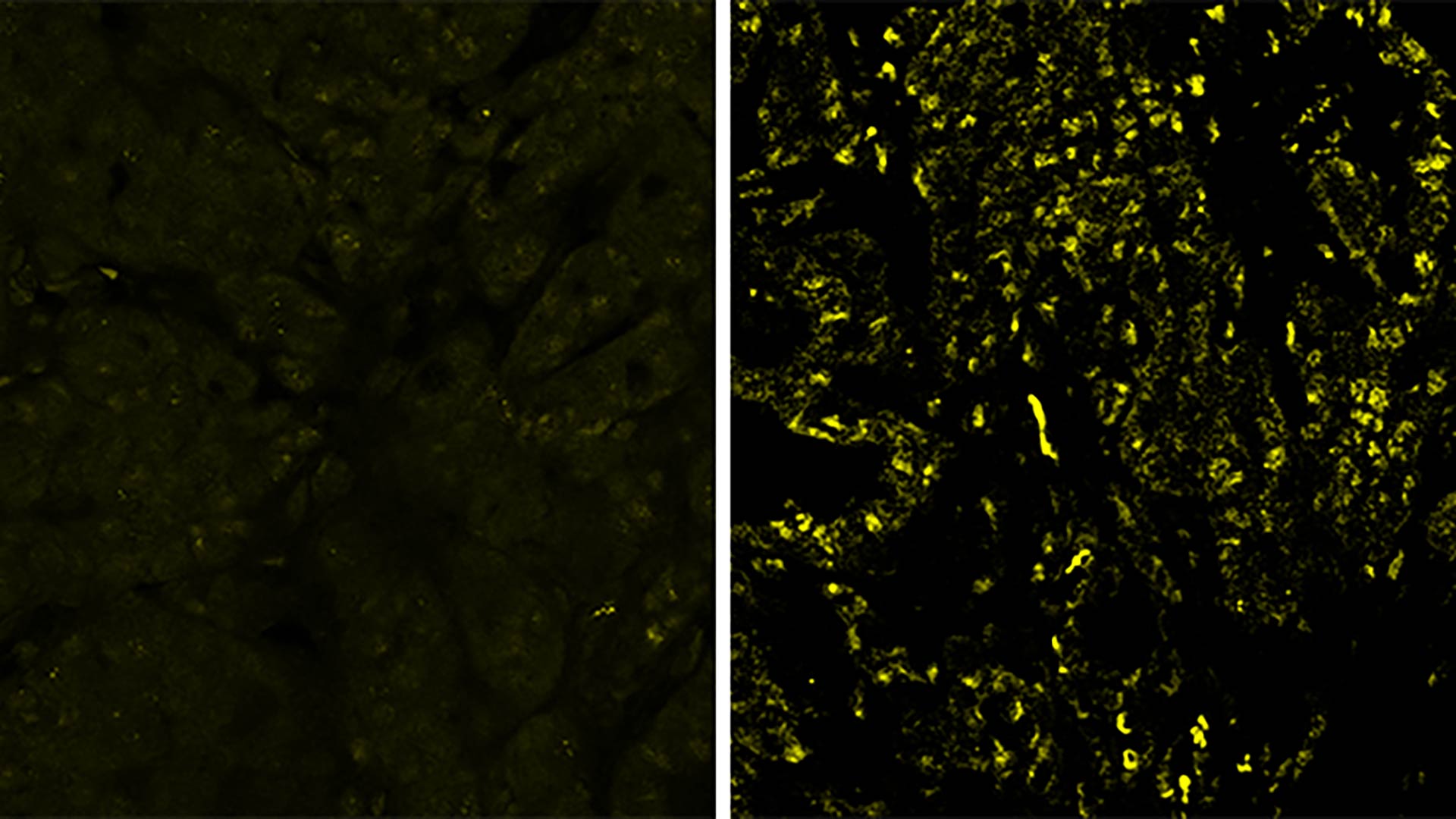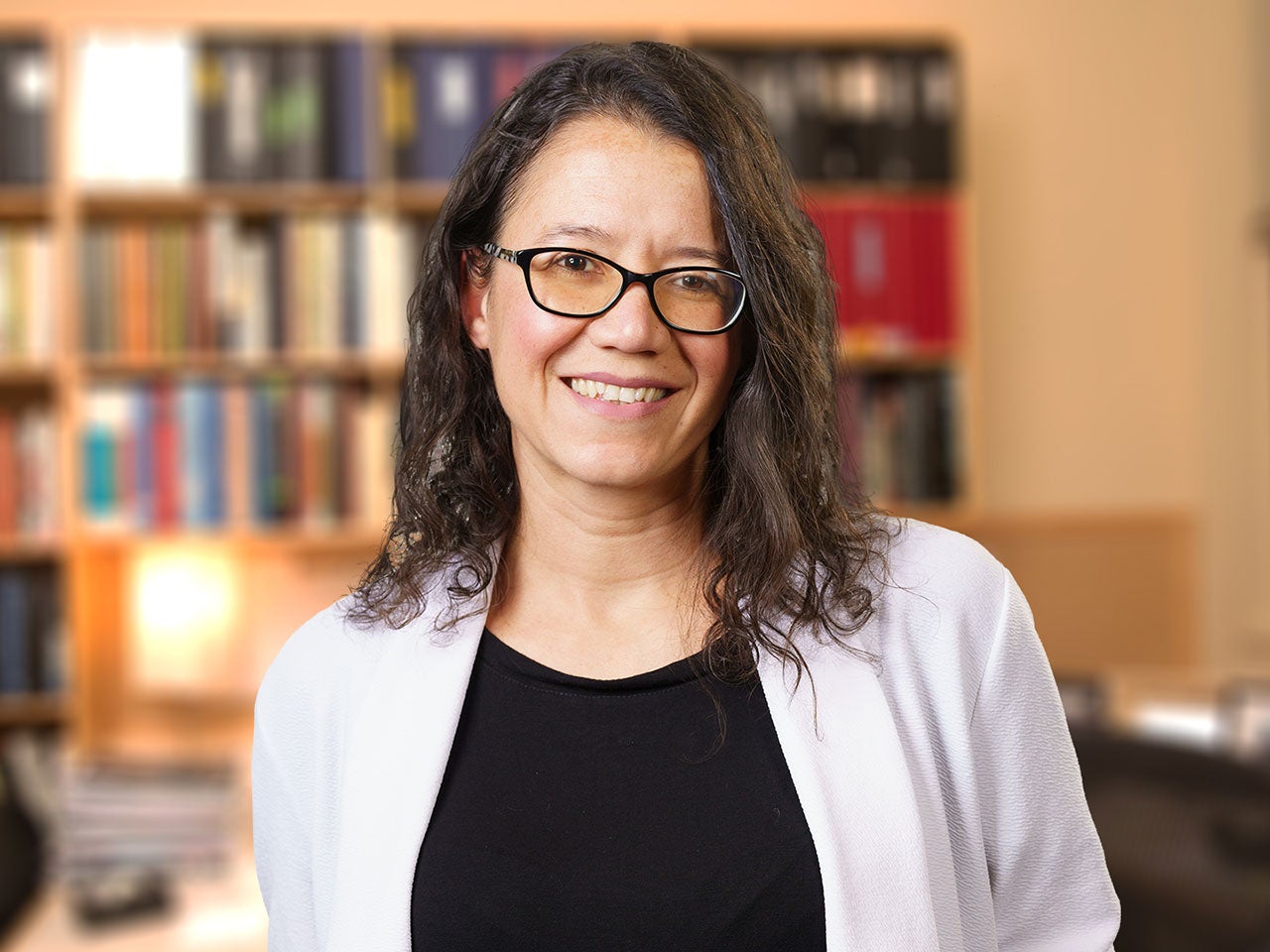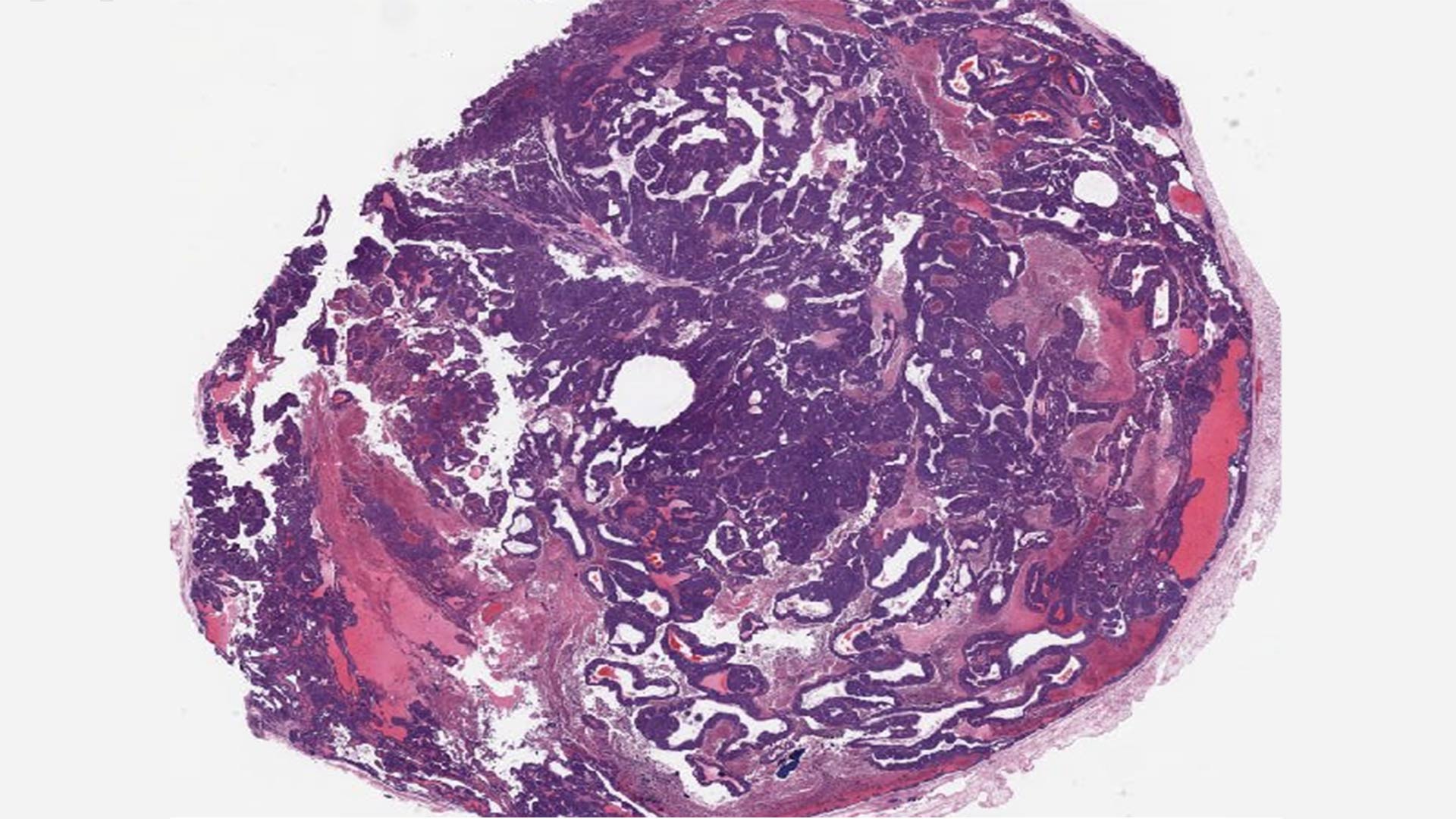Know someone who’s been diagnosed with breast cancer? There’s a good chance that person has received hormone therapy. Estrogen receptor-positive (ER+) breast cancers account for about 75 percent of cases. Hormone therapy is one of the most common and effective treatments. However, it’s far from a cure. Some ER+ tumors develop resistance. Many patients enter remission only to see the disease return in a form that can’t be treated with hormone therapy. Now, biologists at Cold Spring Harbor (CSHL) have made a discovery that could someday help prevent breast cancer recurrence and lead to better patient outcomes.
Research from CSHL Associate Professor Camila dos Santos’ lab shows that inhibiting the BPTF protein in mice can slow ER+ cancer metastasis and restore tumors’ susceptibility to hormone therapy. The finding could have “huge implications for making cancer more treatable,” says Michael Ciccone, a former researcher in the lab. “We’re not curing cancer, but we’re forcing it into an avenue that we’re good at, which is targeting it with hormone therapies.”
Previous research had found that knocking out BPTF slows breast cancer growth but doesn’t stop tumors from forming. As such, pharmaceutical companies didn’t see much promise in the protein. However, Ciccone and his lab-mates, graduate student Dhivyaa Anandan and postdoc Deeptiman Chatterjee, saw untapped potential. To learn more, they bred a classic breast cancer mouse model with a BPTF knockout mouse. To their surprise, they found the tumors in the crossbred mice remained ER+ throughout their development.

“There isn’t any mouse model that maintains a hormone-positive cancer throughout the cycle of the tumor,” Ciccone said. When treated with tamoxifen, one of the most common hormone therapies for ER+ breast cancer, the tumors were “responding and not growing,” he said. “That’s when we realized that we were onto something.”
The team tested a combination of BPTF loss and tamoxifen in organoid systems, human breast cancer cell lines, and mouse models resistant to hormone therapy. In all cases, the combination restored sensitivity to treatment. “Our work highlights biological mechanisms that are not only very fascinating, but translatable,” Chatterjee said.
Anandan emphasized that it was the group’s fundamental approach to research that made their discoveries possible. “Cancer is often studied in a binary way,” she says. “Is it there or not? Did the tumors grow or shrink? This study showed there is far more nuance. If we don’t look at the types of tumors that are growing, how they’re growing, and where they’re spreading—all the very nuanced analyses we did—we miss so much.”
Written by: Margaret Osborne, Science Writer | publicaffairs@cshl.edu | 516-367-8455
Funding
Pershing Square Sohn Cancer Research Alliance, Simons Foundation, CSHL-Northwell Affiliation, National Institutes of Health, National Cancer Institute, National Institute of General Medical Sciences
Citation
Ciccone, M.F., et al., “Loss of BPTF restores estrogen response and suppresses metastasis of mammary tumors”, Nature Communications, October 15, 2025. DOI: 10.1038/s41467-025-64255-8
Core Facilites
Principal Investigator

Camila dos Santos
Associate Professor
Cancer Center Program Co-Leader
Ph.D., Universidade Estadual de Campinas - Brazil, 2007
